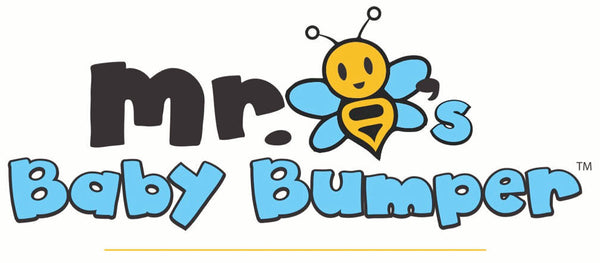I’ve never been a fan of pranks. I realized this when my son, Boston, was about 4 or 5 and tried to pull one on me. I had to stop him right there and say, "Mommy does not like pranks. I just flat-out don’t think they’re funny." Sure, they might start funny, but in my experience, they always escalate until they cross a line. They go from lighthearted to “uh-oh” real fast, and that’s when someone ends up upset. Or sticky. Or both.
And now here we are, less than a month away from April Fools’ Day—the Super Bowl of pranking. If you have kids, you already know what’s coming. Someone’s going to tape the remote, put plastic wrap over the toilet, or fill your shoes with Legos (which is honestly more of a war crime than a prank). So, before things spiral into chaos, let’s talk about the good, the bad, and the absolutely not okay when it comes to pranking.
The Good Side of Pranks
When done right, pranks can actually be beneficial for kids. Here’s why:
1. Bonding & Socialization: There’s a reason classic pranks have stood the test of time. Lighthearted jokes can bring siblings and friends closer, creating shared moments of laughter and connection.
2. Creativity & Problem-Solving: Ever watch a kid plan a prank? They strategize, anticipate reactions, and think outside the box—hello, critical thinking skills!
3. Sense of Humor: A well-placed prank can teach kids to embrace humor and not take life too seriously. Learning to laugh (even at themselves) is an important life skill.
4. Confidence Boost: Pulling off a harmless, well-executed prank can give kids a sense of accomplishment—kind of like finally beating that level on their favorite game.
The Not-So-Funny Side
Unfortunately, not all pranks land well. Some cross the line into harmful territory. Here’s what to watch for:
1. Hurt Feelings & Broken Trust: What’s funny to one person might feel humiliating to another. A prank that goes too far can damage friendships and create lasting resentment.
2. Fear & Anxiety: Repeatedly being the target of pranks—especially ones designed to scare—can create stress and insecurity. No one wants to feel like they’re constantly on edge.
3. Safety Concerns: Kids don’t always think through consequences. Some pranks involve physical harm (hello, slipping on a banana peel is only funny in cartoons) or situations that could lead to real danger.
4. The Slippery Slope of Deception: There’s a fine line between a harmless joke and normalizing trickery. Kids who constantly engage in pranks may start to believe deception is just part of the game.
The ‘Do It for the Gram’ Mentality
Here’s where things get especially tricky in the age of social media. Viral trends have taken pranks to a whole new level, often prioritizing likes and views over kindness and respect.
Take, for example, the egg smash prank, where a parent pretends to bake with their child, only to crack an egg on their unsuspecting little head. The result? Confusion, tears, and a moment of betrayal—broadcast for the world to see.
Or the wasabi trick, where a child is fed spicy food under the guise of it being something else, just to capture their reaction. Would we do this to an adult? Probably not. So why are we doing it to kids?
Even more concerning is the trend of labeling these pranks under titles like “Kids Are Dumb,” “Kids Are Stupid,” or “Kids Are the Worst.” These messages don’t just poke fun; they reinforce a mindset that belittles children instead of fostering their growth. Our kids are constantly absorbing the messages we put out there. If we repeatedly frame them as clueless, frustrating, or a joke, what does that teach them about their own worth?
These pranks, while seemingly harmless, teach children that their feelings can be sacrificed for entertainment. Worse, they can lead to trust issues—why should they believe us when we tell them something is safe or fun if we’ve tricked them before?
Finding the Balance
So, where does that leave us? Here’s how we can encourage positive humor while avoiding the pitfalls:
✔ Teach Boundaries: Help kids understand that pranks should be fun for everyone involved, not just the prankster. If the joke makes someone feel bad, it’s not funny.
✔ Encourage Consent: Ask kids to consider: “Would I like this done to me?” If the answer is no, maybe rethink the prank.
✔ Lead by Example: Let’s model playful, lighthearted humor that doesn’t rely on trickery at someone else’s expense.
✔ Think Long-Term: Social media is forever. Before hitting ‘post,’ consider whether the prank respects your child’s dignity. If it wouldn’t be funny in 10 years, maybe don’t do it now.
The Bottom Line
Pranks can be a great way to bond and bring joy, but they should never come at the cost of trust, safety, or respect. Parenting in the digital age means being extra mindful of how humor plays a role in our children’s lives. Let’s keep the fun alive—without making our kids the punchline.
What do you think? Have you ever had a prank go wrong (or right)? Let’s chat in the comments!

